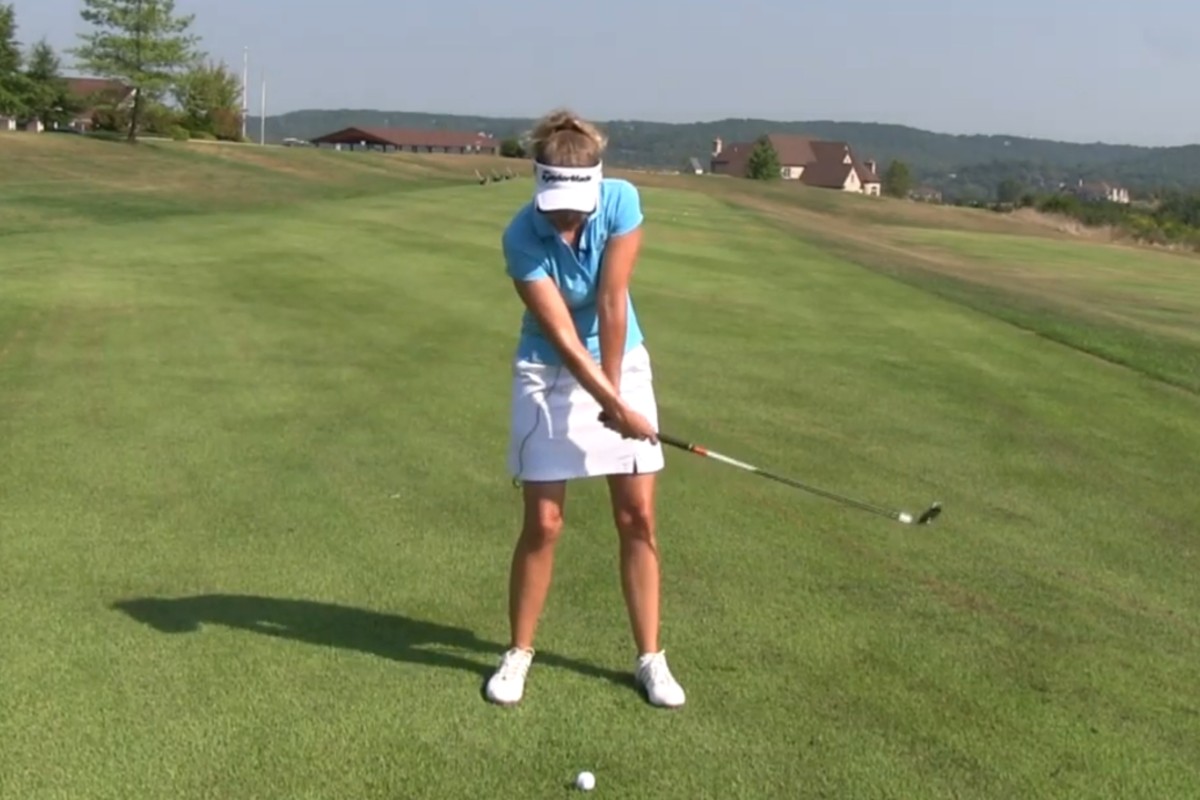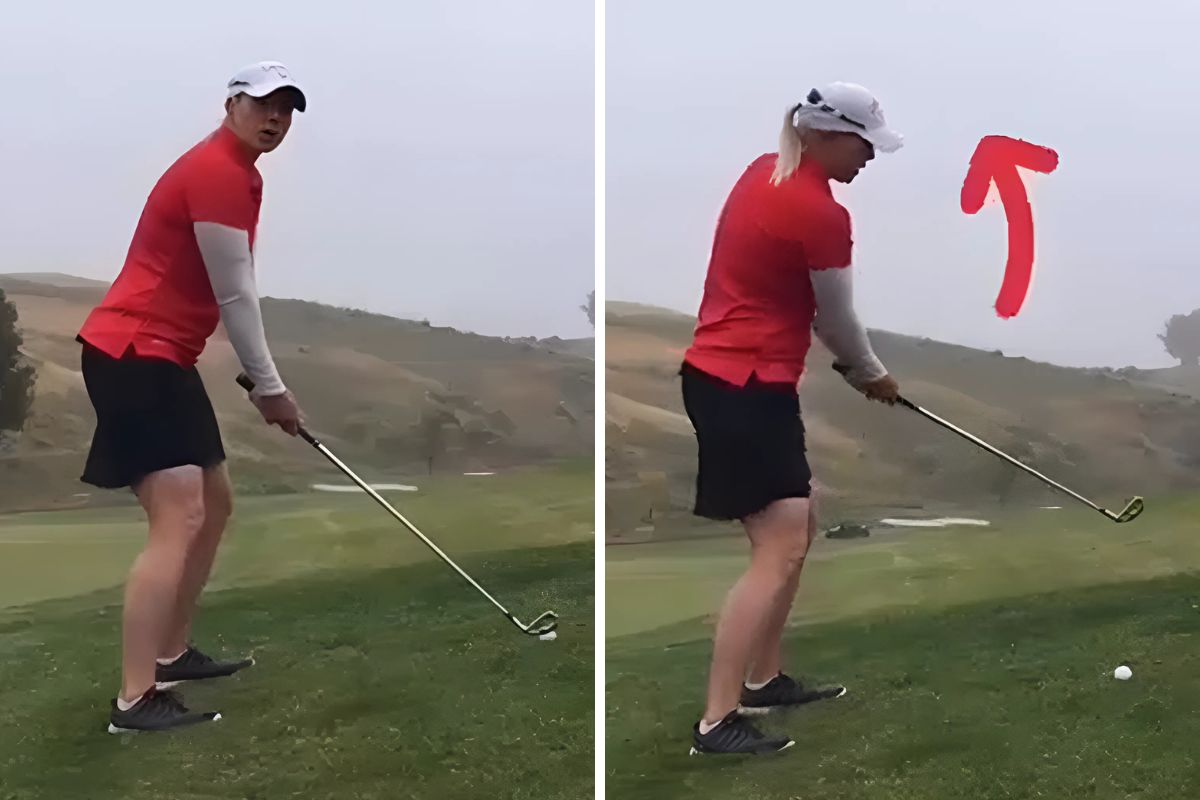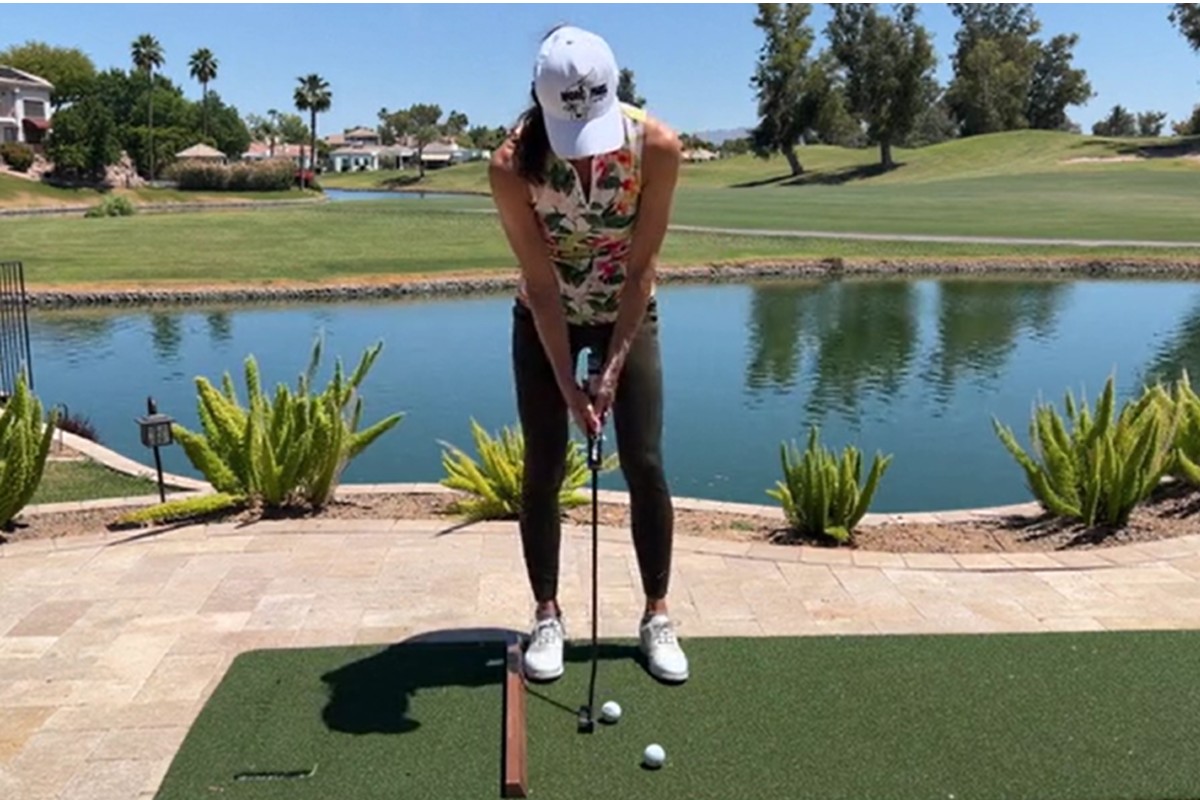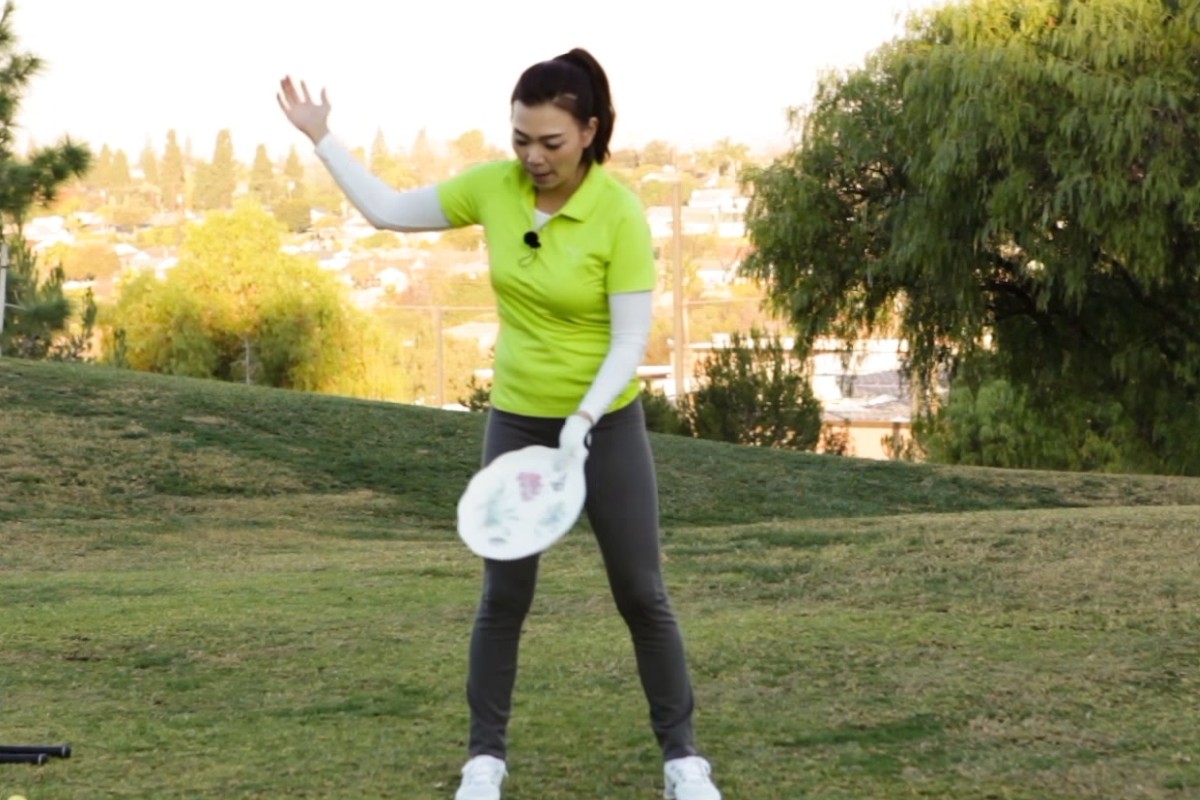What is a Flip?
I’m often asked “What’s the hardest thing to fix in the golf swing?” My answer is one of two things: a) an early release or b) a flip. What is a flip in the golf swing? The term flip refers to an incorrect cupping of the wrists through the impact zone. If you take the back of your front hand and pull it up towards the back of your forearm you will see the backwards bend in your wrist that is referred to as cupping. Ideally, we want the back of our front hand to stay flat or in line with our forearm and here’s why. When you release your wrists early and cup through impact a host of errors follow including:
- The clubhead hits the ground before the ball as a result of uncocking your wrists too early as you come into the ball. This causes a fat shot.
- The clubhead misses the ground because you uncock your wrists as you come into the ball, but it then comes up too quickly as you cup your wrists resulting in a skulled or thin shot.
- As you cup your wrists you add unwanted loft resulting in a scoop and a much weaker shot with a noticeable loss of distance.
Basically you lose control and can hit a wide variety of ugly shots because as you flip the clubhead passes your hands. When the clubhead is past your hands, you are no longer in control of it. You lose distance because once the clubhead lines up with your front forearm it is considered released and out of energy. Then as it starts to come up it loses velocity. In other words when the clubhead is still behind your hands it is accelerating, but once it passes your hands it is decelerating.
Click Here for More Lessons & Practice Drills and Watch a New Lesson Every Day in the Lessons Group.
What causes a Flip?
Mentally, it is instinctive for almost all of us to want to help the ball up. The notion that we need to hit down to get the ball to come up is really counterintuitive. Once we fully realize, understand and accept that all our clubheads have enough loft built into them to propel the ball upwards, we can get busy hitting down rather than scooping and trying to help. Mechanically speaking, once our midsection stops (think hips, stomach, shoulders) the energy has to transfer somewhere and in the case of a typical golf swing it goes into the hands.
An ideal swing has a perfect kinematic sequence. That means that body parts fire and accelerate in the order of hips, shoulders and then hands and club. As each body part fires and reaches it’s peak, it then slows and transfers the energy into the next body part. When that sequence breaks down or gets out of order, a flip often results.
If a player fires their hips, but doesn’t fire their shoulders next, the arms and hands will take over. If a player fires everything from the top right away (hips and shoulders) then the only thing left to fire with is the hands and that usually results in a quick throw. Two other issues are when a player doesn’t properly rotate, but hangs way back or the opposite, her or she actually slides too much past the ball. In either case, the hands become activated too soon in an effort to try to catch up to the ball in time. Physically, if a player is tight or lacks flexibility or strength, rotating can be very difficult. Without the ability to turn the trunk and “pull” the club to the ball with rotation, the player has almost no choice, but to try to help it.
How can you Fix Your flip?
There are hosts of drills to try to correct the problem of flipping. After many years of instructing I came to the conclusion that yes, drills for flipping do help a lot of people improve or delay their flip, but until there is a really clear mental picture of what they are trying to do, it won’t get much better. The very first step is understanding (via video and pictures) how the club head should trail the hands late in the swing and release at the very last second at and through the impact zone. When most students see the difference between the timing of their release and that of a tour player they are to say the least, shocked. They just never imagined how much the clubhead trails the hands. By looking at the pictures, it is hard for them to imagine that if the clubhead is that far back, that it will ever catch up to the ball.
After the understanding of a proper release has taken place, feeling the clubhead descend through the ball is the next important step to improvement. Again, the instinct to help the ball up is strong. Once a player gets the feeling of mashing the ball downward and leaving the clubhead down in the ground, they will not only have a true release and see their ball come back up with ease, but they will also develop nice divots after the ball.
A very significant key to mention here is that you really don’t have enough time in the swing to flip your wrists and roll them at the same time. Nor is it physically possible to do so. When you are properly rolling your wrists and your forearms, your wrists will stay flat with your forearms, avoiding the harmful cupping action that causes poor shots. When you are rolling, the club is also descending, which I stated before is what we want through impact. I often tell my students to “roll down” through impact. This gets rid of the cupping action and helps them to hit down, compress the ball for maximum distance and take a good divot.
Don’t Try Not to Flip Your Hands. Focus on Moving Something Else Instead
Possibly, the most important step in improvement and understanding is to try not to try. What I mean by that is I all too often hear the advice of “hold the release”. Not that this is terrible advice or that I don’t say it too, but it should be accompanied with an understanding you can’t necessarily prevent flipping your hands by holding off your release. You must keep your other body parts moving. You need to move the club to the ball with rotation of your big body parts, not just simply try to hold your wrists back. In other words, don’t just try not to flip, try moving something else instead.






